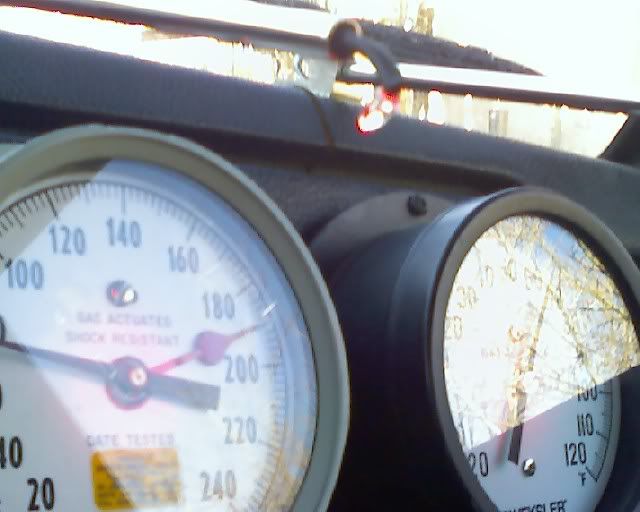|
From the faq file,
The coolant temperature signal to the control unit has a great influence on the computed injection period... For example, when the engine is being started and is cold, the amount of injected fuel must be relatively large. [Editor:] Too rich a mixture because of a failing ECT may lead to idle surges, high idle, poor warm running, or other symptoms of too much fuel. See Engine Tune and Performance; Symptoms for more examples.
If the control unit receives a signal higher than 302F (150C) or lower than -40F (-40C), it will interpret the signal as a fault...the control unit will assume a substitute value corresponding to 32F (0C) on starting and 68F (20C) when the engine has started.
With the control unit connected, connect a voltmeter across LH ECU terminals 13 and 5 (ground). This unit is in the passenger side footwell, under the plastic cover. Remove the cover of the large electrical connector to access the backs of the pins for the test. Turn the ignition switch ON.
At 68F (20C) the voltage should be 2.0 +/-.5v volts.
At 104F(40C) the voltage should be 1.2 +/- .3volts
At 176F (80C) the voltage should be .5 +/- .2volts.
The resistance values between ECU pins 13 and 5, or between each of the pins on the sensor and ground, are (by eye from the chart):
32F (0C)-- about 6000 ohms within a range of +/- 10%
68F(20C) -- about 2300 ohms
104F(40C) -- about 1300 ohms
140F(60C) -- about 600 ohms
176F(80C) -- about 300 ohms
212F -- about 190 ohms
[Response: Steve Ringlee] ECT resistance cold for LH2.4 systems should be around 6k ohms at 32 degrees F (0 deg C), 2300-2700 ohms at 68 degrees F (20 C), and 200 at 212 F (100 C). However, try checking your ECT wiring: Between pins 13 and 5 at the LH ECU (with sensor DISconnected) resistance should be infinite. Voltage with the ignition ON and sensor connected, measured between pins 13 and 5, should be:
0 C=around 3 volts +/-.5v
20C=around 2 volts +/- .5v
100C=around .3 volt +/- .1v
If these aren't correct, check the connections in the ECT wiring harness. Check engine ground connections at the intake manifold. If the voltage is zero, your ECU is at fault.
ECT Wiring/Connector Failure. [JonP] my 1990 LH2.4 still ran rich, smoked, stumbled, and set codes 1-1-3, 2-1-3, and others refering to rich mixture. However, during disassembly I discovered the female connector for the ECT was damaged by one of the sensors spade pins when someone pressed the connector on incorrectly. The pin missed one of the female clips and mashed it. The local Volvo dealer parts manager has been very helpful: I described the ECT connector problem and he gave a new connector to me with a couple of insulated pinch connectors and his tips for how to make the splice....no charge. He did say if this splice didn't fix it then he thought it was a failed ground in the ECU (ECM) for the fuel injection. He said the bad connector could also cause a bad ground problem at the ECU.
|

